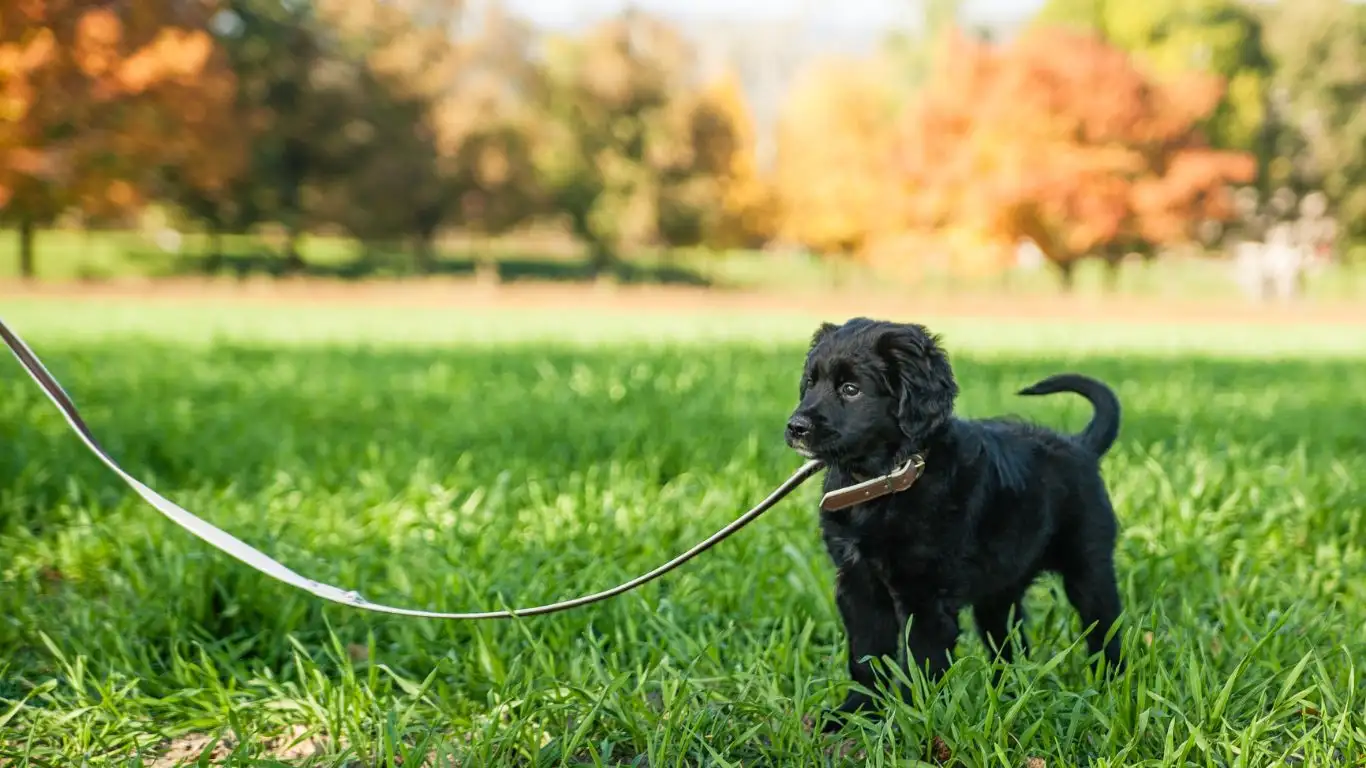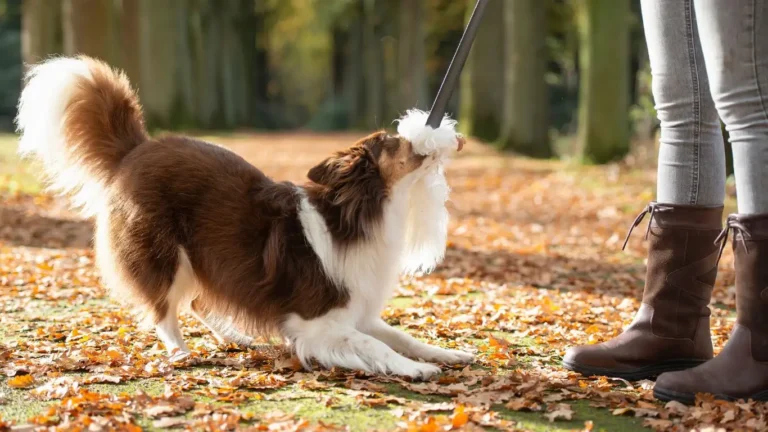Stop Kitchen Raids: How to Train a Dog to Stay Out Successfully
If you’ve ever caught your dog sneaking into the kitchen, pawing at counters, or sniffing around for dropped crumbs, you’re not alone. Kitchen raids are one of the most common—and frustrating—behavioral quirks dog owners deal with. I’ve seen it countless times in my years as a veterinary technician specializing in nutrition. It’s not just about keeping your counters clean; it’s about your dog’s safety and teaching them boundaries that will make life easier for both of you.
Why Do Dogs Raid the Kitchen?
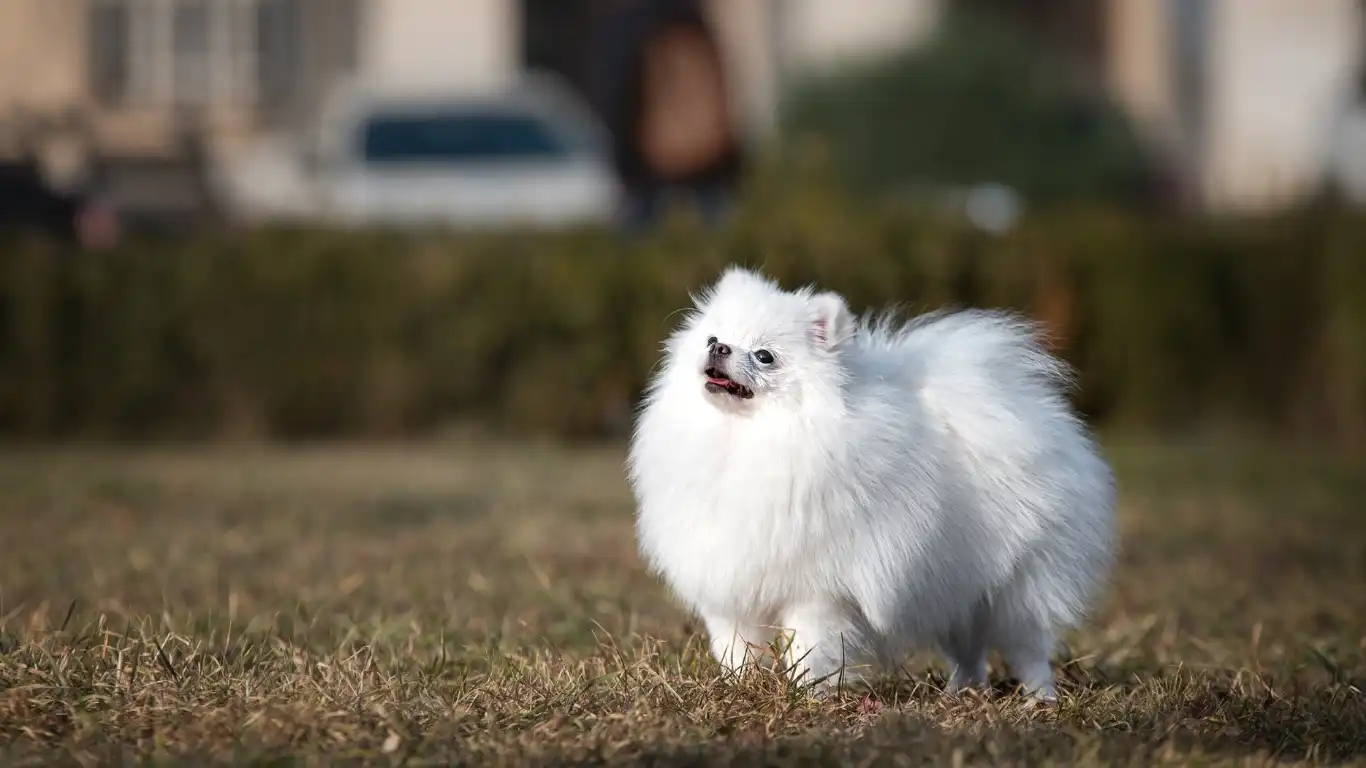
First things first: understanding why your dog is drawn to the kitchen helps set the stage for training. Dogs are naturally curious and motivated by food—no surprise there. But the kitchen is often a hotspot of tantalizing smells and leftover treats. From a dog’s perspective, it’s basically a treasure trove.
In my experience, dogs who raid kitchens usually do it for one (or more) of these reasons:
- Hunger or insufficient feeding: Sometimes dogs raid because they’re genuinely hungry or not getting enough nutrition from their meals.
- Boredom and curiosity: A dog with nothing to do might explore the kitchen simply because it’s interesting and smells like food.
- Lack of boundaries or training: If they’ve gotten away with it before, they’ll keep trying—because it works!
Knowing this, it’s clear that just scolding or shooing your dog away isn’t enough. They need clear, consistent training combined with physical and mental outlets.
Setting Up for Success: Preparation Before Training
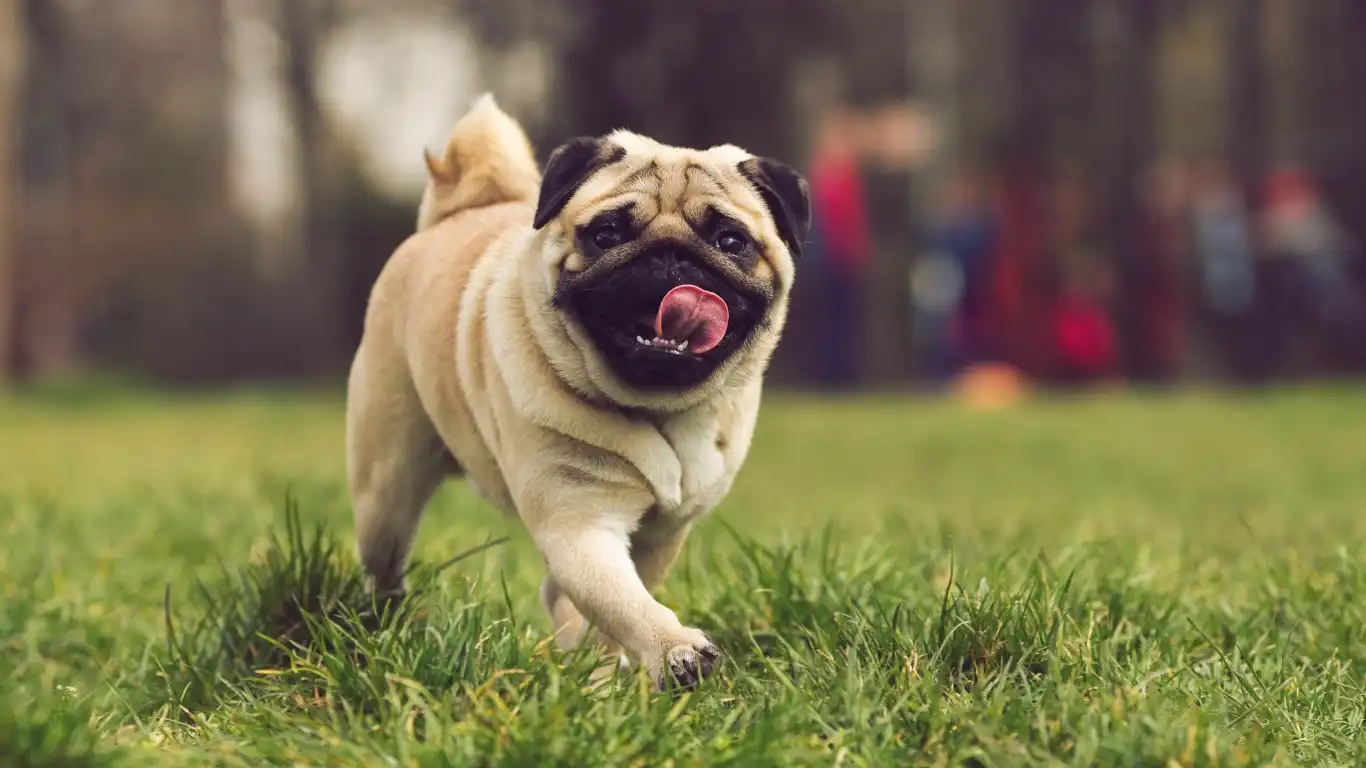
Before you jump into training, take a moment to set your environment and expectations right. Trust me, these little adjustments make a huge difference.
1. Manage the Environment
One of the biggest mistakes I see is leaving tempting food within easy reach. If your dog can sniff and see snacks on the counter, it’s a constant temptation that makes training uphill work. So:
- Clear counters of food and crumbs.
- Store food in sealed containers or cupboards your dog can’t open.
- Close off kitchen access when you can, using baby gates or closed doors.
2. Make Sure Your Dog’s Basics Are Covered
Before expecting your dog to behave perfectly, check these fundamentals:
- Feeding schedule: Are you feeding your dog enough? A hungry dog is a motivated kitchen raider. My go-to is feeding smaller, frequent meals throughout the day, especially if they’re active or a growing pup.
- Exercise: Dogs with pent-up energy tend to get into trouble. A tired dog is a good dog! Daily walks, play sessions, or training exercises are crucial.
- Mental stimulation: Puzzle feeders, chew toys, and obedience practice can curb boredom and reduce unwanted behaviors.
Starting the Training: Teaching “Leave It” and “Stay Out”
Once you’ve set up the environment and covered the basics, it’s time to get to work on training. Teaching your dog to stay out of the kitchen is absolutely doable with patience and consistency. The two core commands I recommend are “Leave It” and “Stay Out”.
“Leave It” Basics
“Leave It” is a super useful command that helps your dog understand they should ignore or drop whatever they’re eyeing. Here’s how I usually approach it:
- Start with a treat in your hand, close your fist around it.
- Let your dog sniff, lick, or paw but don’t let them have the treat.
- Once they stop trying and pull back, immediately say “Yes!” or use a clicker, then give them a different treat from the other hand.
- Repeat until your dog understands to back off from the item on command.
It might sound simple, but consistency is key. It teaches impulse control, which is exactly what you want to prevent kitchen raids.
“Stay Out” — Setting Boundaries
Next up is teaching your dog to physically stay out of the kitchen. This takes a bit more work but works wonders. Here’s my method:
- Choose a clear boundary line at the kitchen entrance.
- Use a leash at first, and gently guide your dog away from the kitchen while saying “Stay Out”.
- Reward them with praise or treats when they respect the boundary.
- Gradually increase distance and freedom as they improve.
This approach gives your dog a clear understanding of physical limits combined with verbal cues.
Using Positive Reinforcement to Reinforce Good Behavior
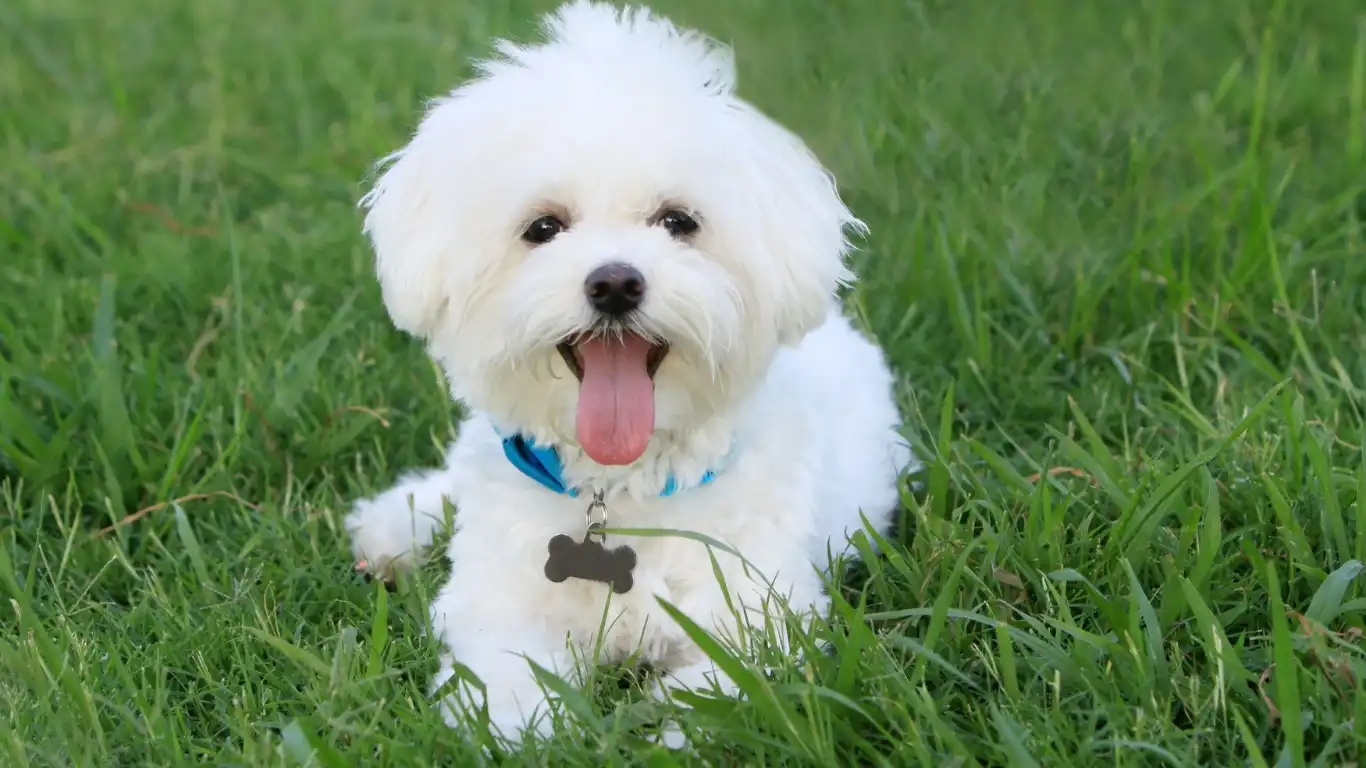
One of the biggest game changers in training dogs to stay out of the kitchen is positive reinforcement. From my years as a veterinary technician focused on nutrition and behavior, I’ve learned that dogs respond way better to rewards than to punishment. It’s all about making the right choice more rewarding than the wrong one.
Here’s how I recommend approaching this:
- Find high-value treats: Use small, super tasty treats that your dog loves but doesn’t get all the time. This keeps motivation high.
- Timing is everything: Reward your dog the instant they follow a command or choose to stay away from the kitchen. The faster the reward, the clearer the connection.
- Praise, praise, praise: A happy voice, belly rubs, or enthusiastic petting go a long way. Sometimes your energy means more than the treat.
From my experience, when dogs start associating staying out of the kitchen with something great—whether it’s a tasty snack or your cheerful “Good job!”—they’ll be more likely to stick to that behavior even when you’re not looking.
Teaching Alternative Behaviors: Redirecting Your Dog’s Attention

It’s not enough to just say “no” or “stay out” — dogs also need something better to do. Redirecting their attention to alternative activities is a trick I swear by. Dogs are like us; if they’re bored or unstimulated, they’ll find their own fun, often in ways we don’t want.
Try These Alternatives:
- Interactive toys or puzzle feeders: These keep your dog’s mind busy, and since they’re getting treats from the toy, they’re less likely to risk a kitchen raid.
- Designated chew toys: Sometimes dogs raid the kitchen looking for something to chew. Giving them a satisfying, safe chew alternative can stop that behavior in its tracks.
- Training sessions: Short, fun training moments scattered throughout the day not only teach new skills but also strengthen your bond.
Personally, I’ve found that mixing training with mental and physical stimulation makes the biggest difference. When I worked with anxious or food-motivated dogs, I always emphasized providing lots of enriching activities alongside boundary training.
Handling Setbacks and Being Consistent
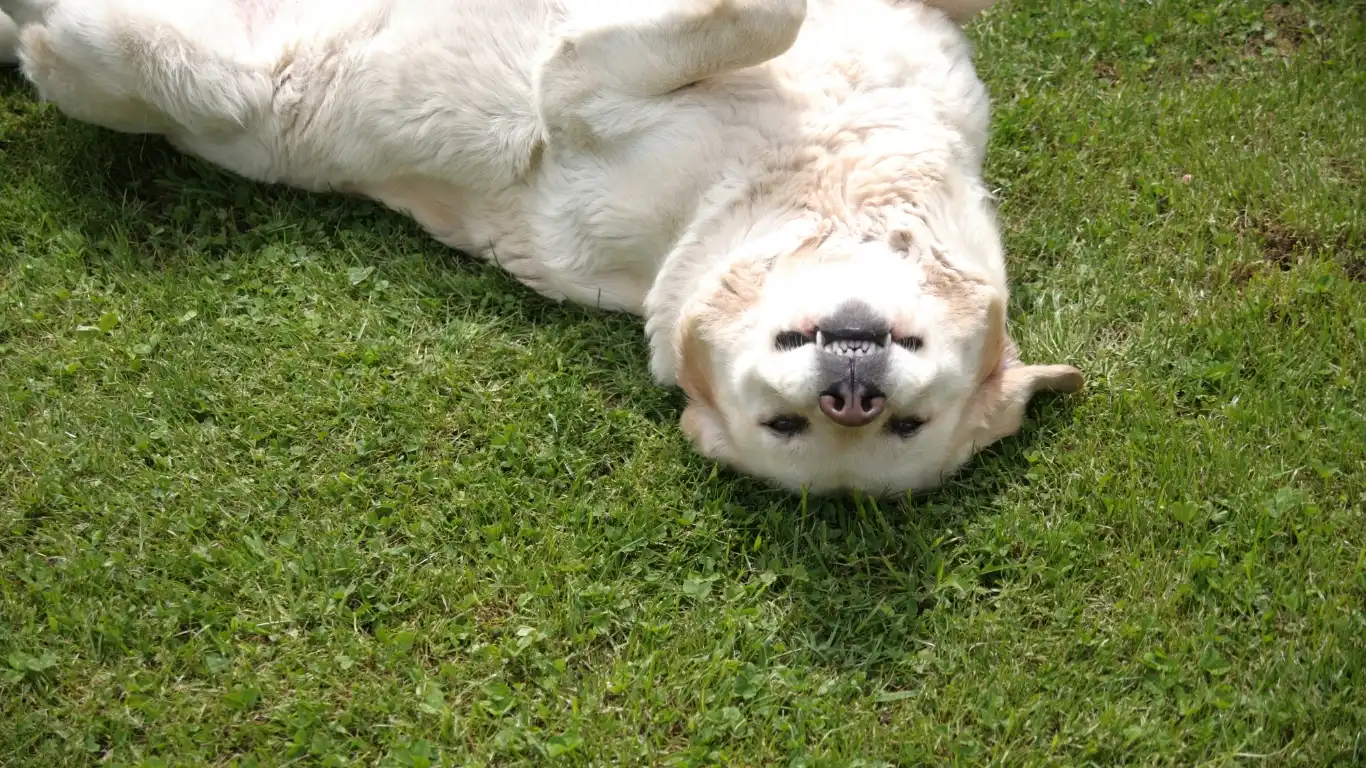
Let’s be real — no training journey is without its bumps. Sometimes your dog might sneak into the kitchen despite all your efforts. That’s totally normal. The key is how you handle those setbacks.
Here are some tips based on my real-world experience:
- Stay calm and patient: Getting frustrated or yelling won’t help your dog understand what you want. Instead, calmly redirect them and reinforce the correct behavior.
- Revisit basics: If your dog keeps breaking the kitchen boundary, double-check your environment management. Are there new temptations? Has something changed in the routine?
- Practice often: Consistency is everything in dog training. Regular short sessions, even just a few minutes a day, reinforce the rules more than occasional long sessions.
- Involve the whole family: Everyone in the household needs to be on the same page. Mixed messages confuse dogs fast.
One case I remember was a young lab who kept darting under the kitchen table for scraps. The owners were stressed and ready to give up, but after tightening up kitchen access and committing to daily training sessions, the dog learned to wait patiently outside. It took a few weeks, but the progress was steady and rewarding.
Remember, you’re not just teaching your dog to stay out of the kitchen—you’re building trust, communication, and respect. These foundations will pay off in countless ways throughout your dog’s life.
Advanced Tips: Making Kitchen Boundaries Stick for Good

After laying down the basics, it’s natural to wonder how to make these behaviors stick—especially when life gets busy or distractions pop up. From my hands-on experience, this is where many dog owners hit a wall, but it’s totally doable with a few extra strategies.
Use Clear Visual and Physical Cues
Dogs thrive on routine and clear signals. One simple thing I always recommend is establishing a physical boundary marker. This could be a mat, a baby gate, or even a line of tape on the floor. The goal? To give your dog an obvious “no-go” zone they can visually recognize even without verbal commands.
Pair that with consistent verbal cues like “Stay Out” or “Kitchen Boundary” so your dog starts connecting the dots. In some cases, I’ve seen owners use scent deterrents that are safe but unpleasant to dogs, placed right at the edge of the kitchen to reinforce the boundary.
Leverage Scheduled Freedom and Reward Periods
Here’s a trick that many people don’t think about: letting your dog earn occasional, supervised kitchen visits as a reward. It sounds counterintuitive but hear me out.
Dogs who feel like they’re completely banned from a space may become more curious or anxious, which leads to sneaky raids. Instead, during calm times, give your dog a small treat in the kitchen with you present, praising calm behavior. This teaches them the kitchen isn’t a forbidden land but a place where good things happen when they behave.
This kind of controlled access builds trust and reduces the urge to sneak around.
Nutrition and Kitchen Raids: What I’ve Seen as a Vet Tech
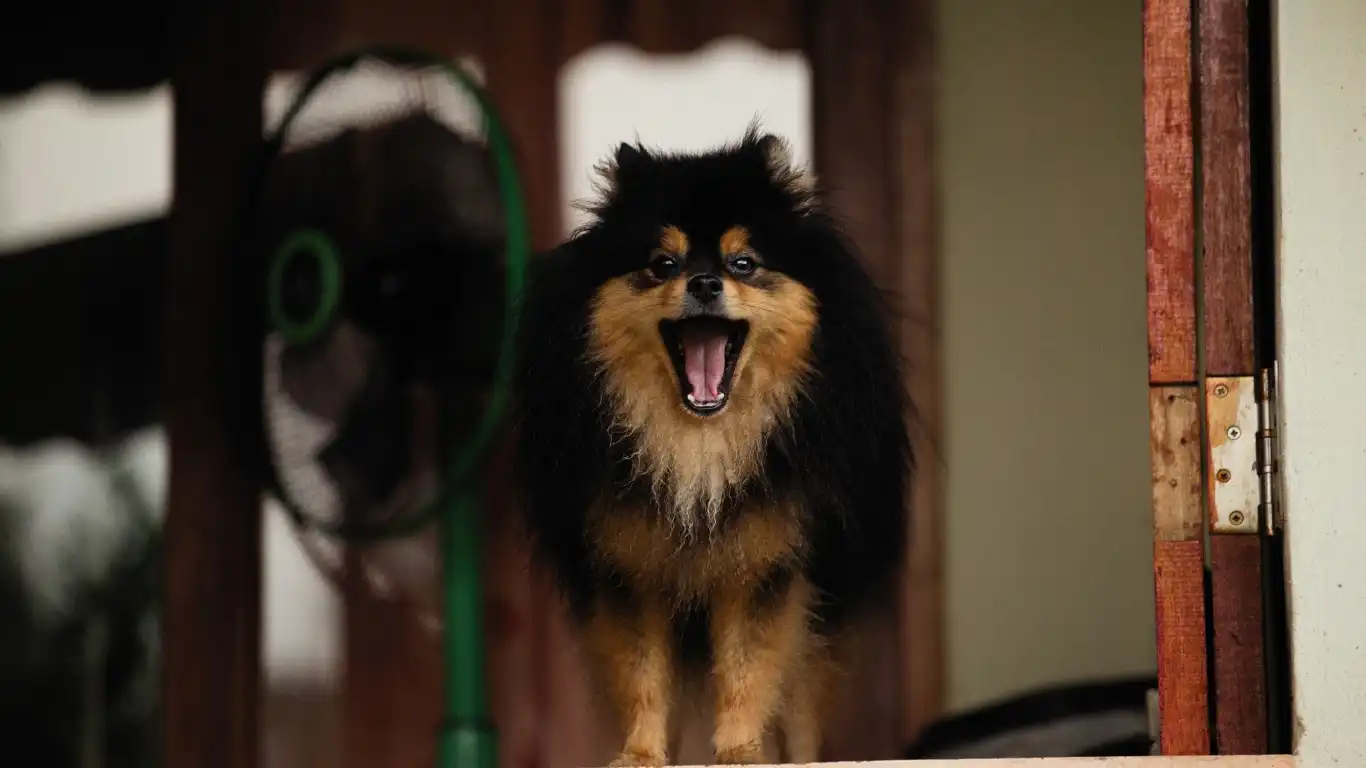
Now, since nutrition is my specialty, I can’t skip how diet ties into this whole issue. Believe it or not, a dog’s diet plays a huge role in their behavior and even their impulse control.
Dogs that aren’t getting the right balance of nutrients or enough food tend to be more motivated by scraps and counter food. I’ve helped many owners tweak their dog’s feeding regimen, focusing on high-quality protein, fiber, and balanced fats to promote fullness and reduce scavenging.
In some cases, switching to multiple smaller meals a day helped reduce the urgency to scavenge because their hunger was better managed. Also, making sure your dog’s meal includes a good amount of fiber can help keep them feeling fuller longer.
One thing I always emphasize is consulting with your veterinarian or a qualified pet nutritionist before changing your dog’s diet. Every dog is unique, and a tailored plan is the best way to set your pup up for success—not just behaviorally, but health-wise too.
Final Thoughts: Building a Happier Kitchen Routine
Stopping kitchen raids isn’t just about keeping your counters clean; it’s about creating harmony in your home and ensuring your dog is safe and mentally satisfied. With patience, consistent training, and a bit of environmental management, you absolutely can teach your dog to respect the kitchen boundaries.
From what I’ve seen as a vet tech, this kind of training also strengthens the bond between you and your dog—because they learn to trust you as a kind, reliable leader who sets clear, fair rules.
If you’re struggling, remember it’s okay to seek help from a professional trainer or behaviorist. Sometimes, an expert’s perspective can make all the difference.
References
Disclaimer
This article is intended for informational purposes only and is based on the author’s professional experience as a veterinary technician specializing in nutrition. It is not a substitute for professional veterinary advice, diagnosis, or treatment. Always consult your veterinarian or a certified dog trainer before making significant changes to your dog’s diet or training routine.
